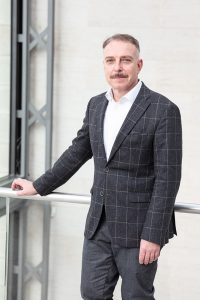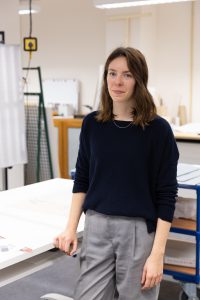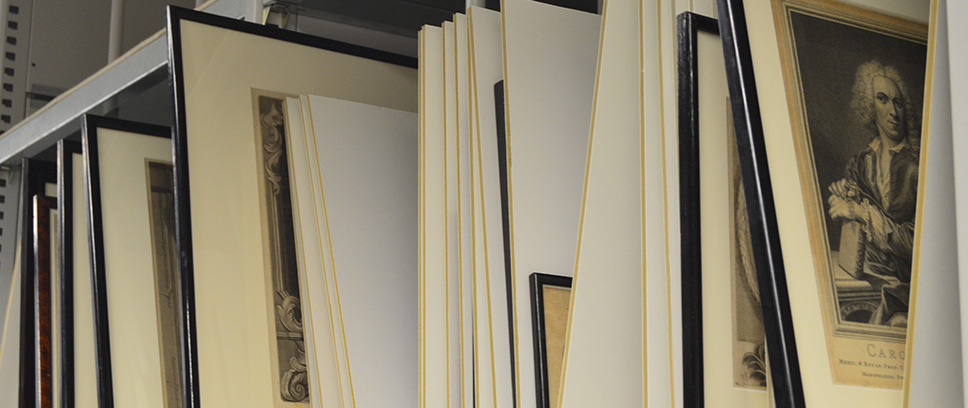
Portraits of physicians and scholars from four centuries. The graphics collection of the medical historian Georg Harig
Wolfgang Cortjaens & Annine Wöllner | 7 May 2024
In 2022 the Deutsches Historisches Museum (DHM) was able to acquire a number of exceptionally rare portraits of physicians and scholars that had been collected by Georg Harig. Wolfgang Cortjaens, head of the collection of Applied Art and Graphics, and Annine Wöllner, paper restorer, report on the objects and their restoration.
Acquisition
The “Georg Harig Collection” that was purchased for the DHM’s graphics collection in 2022 comprises a total of 65 framed, partly large-format historical portrait engravings from the 16th to the late 19th centuries in various techniques (copperplate, mezzotinto, steel engraving). Alongside the exceptional quality and rarity of most of the prints, the context of their background was a decisive factor for their purchase by the DHM. The bundle of graphics stems from the private collection of the well-known Berlin medical historian Prof. Dr Georg Harig (1935–1989), who was himself an influential figure in the history of medical research in the GDR from the 1960s to the 1980s. Born in Leningrad as the son of the exiled physicist and philosopher Gerhard Harig (1902–1989), who had been persecuted as a communist under the Nazis, Georg Harig returned with his mother to the Soviet Occupation Zone in East Germany in 1948. In 1958, he completed his state examination at the Humboldt University and a year later got his doctorate with a thesis under the title “On the Medical Analysis of the Hippocratic essay De aere locis”. First working as an internist, Harig turned to medical history in the mid 1960s, originally as a research assistant at the Institute for the History of Medicine in Berlin, then qualifying to teach higher educational studies in 1970, followed by a professorship in 1985. Harig’s decades-long interest in collecting medical graphic portraits was reflected in the tightly packed pictures that covered the walls of his Berlin apartment (Ill. 1).
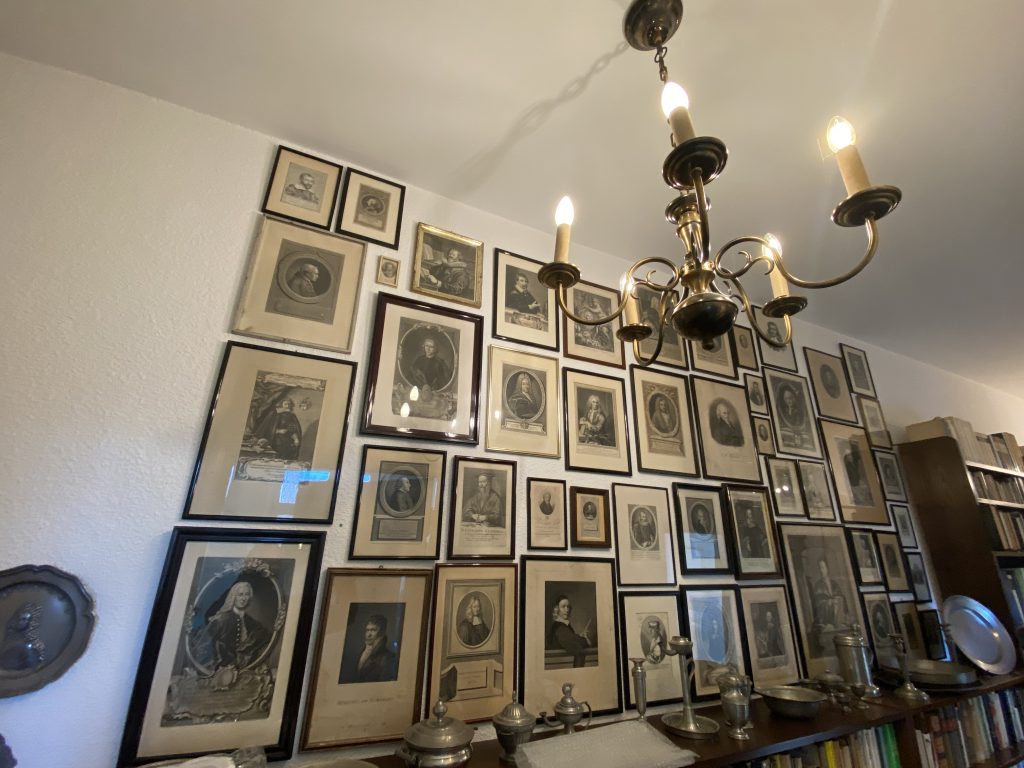
The prints show only men of medical and scholarly history: Pietro Aretino, J. N. Lieberkühn, Carl von Linné (Linnaeus), Blaise Pascal, Copernicus (de facto Johannes Stöffler), Irenaeus Vehr, Alexander von Humboldt, and many others. They are predominantly physicians, physicists, physiologists and botanists, but also individual luminaries of intellectual history such as Johann Joachim Winckelmann. Among those who provided the originals or carried out the graphic artwork were important artists such as Wenzel Hollar, Gerard Edelinck, Wolfgang Philipp Kilian, Daniel Chodowiecki, Franz Krüger and Georg Friedrich Schmidt. All of the graphic works – some from publications, others individual prints – are extremely rare and listed with only a few copies in other collections or libraries.
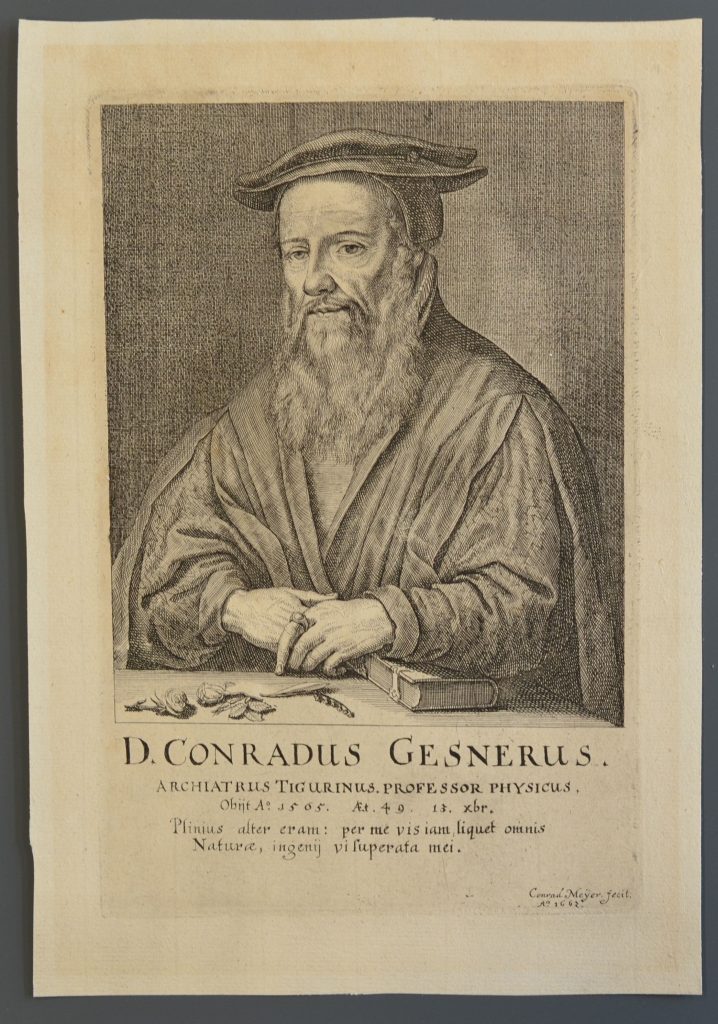
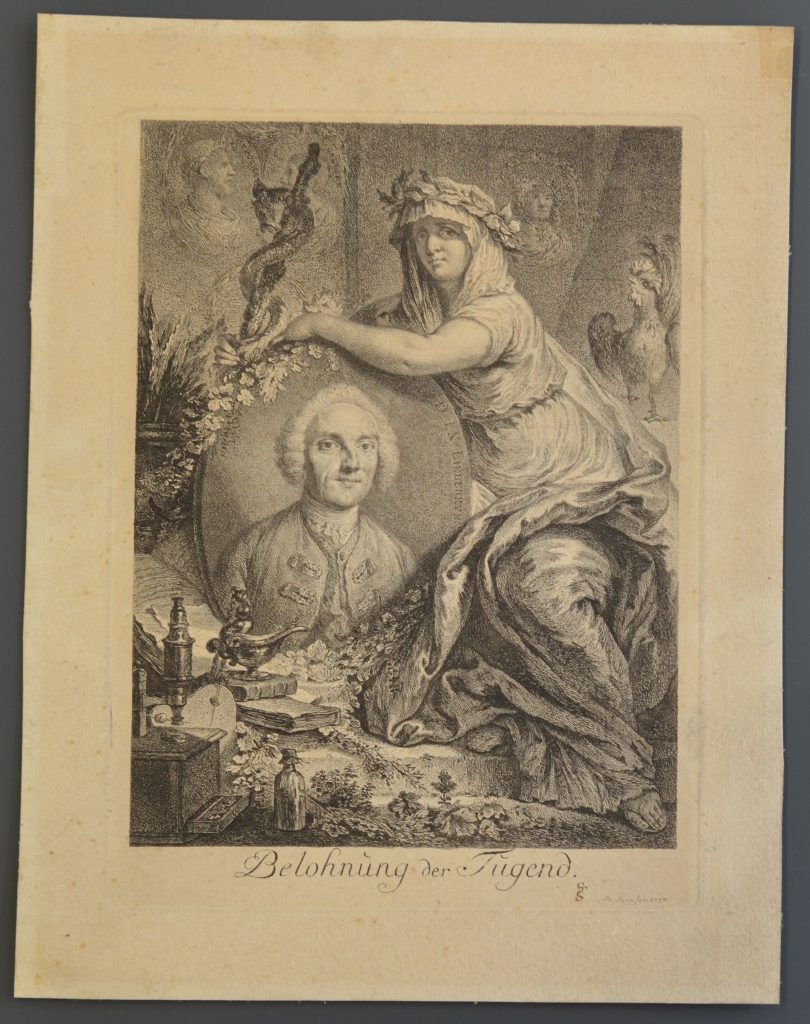
The masterly etched portrait of Lieberkühn, in the opulent imagery customary of the late Rococo, was perhaps particularly appreciated by Georg Harig, because the two oval portrait medallions in the background on the left represent Hippocrates and Galen, the two ancient physicians to whom he had devoted extensive research; Galen was the topic of his habilitation thesis in 1970.
Harig’s widow, the philologist and medical historian Jutta Harig-Kollesch (*1933), sold the bundle of prints to a physician friend of hers, who later offered it to the graphics collection of the DHM. The fact that both the theme and provenance of the Harig collection were so rounded and cohesive as well as the largely satisfactory condition of the pictures were decisive arguments for the acquisition.
Restoration
After viewing the graphics, the staffs of the DHM’s graphics collection, the paper restoration department, and the passe-partout workshop quickly agreed that the collection should be left in its largely historical framework in order to preserve its uniform impression.
An exchange of materials to restore the backs and passe-partout was nevertheless necessary. They had largely turned brown and acidic, which had led to a further deterioration of the original prints. The new non-aging, acid-free passe-partouts not only made conservational storage possible, but also underscored the uniform aesthetic appearance of the collection. Moreover, the contrast of the new passe-partouts showed that the originals and the frames urgently needed to be cleaned.
The removal of the frames from all of the portraits made it possible to study and document new information for the object database and for provenance research that had not been available in a framed condition. After an extensive photographic documentation for this purpose, all the frames and various mountings were removed from the prints in small batches.
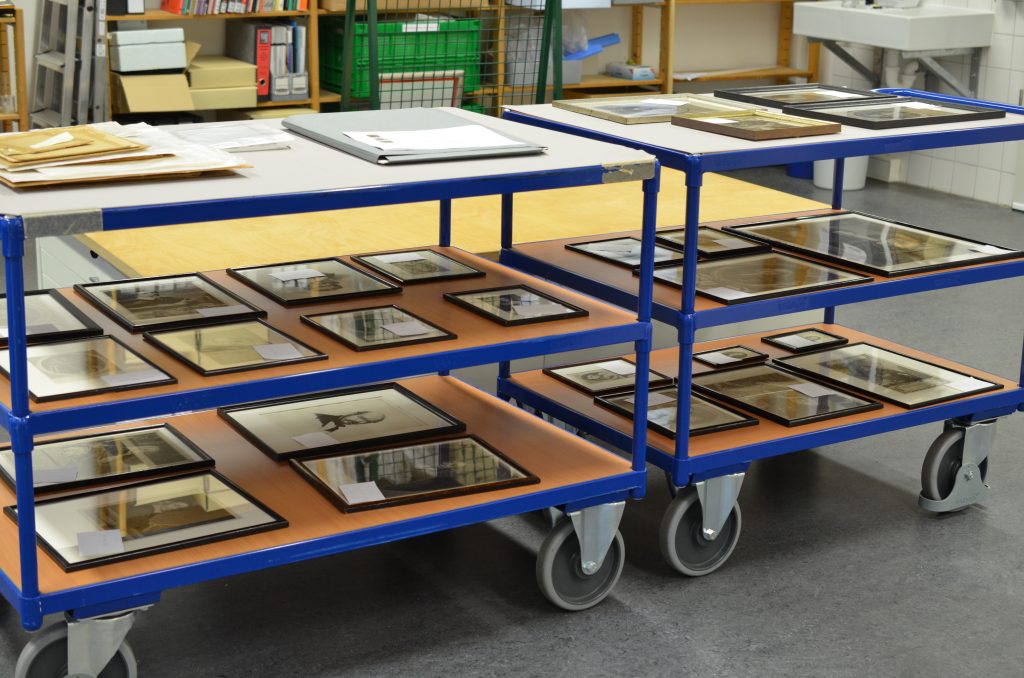
For the originals themselves, the steps taken for the restoration were adapted individually after the frames had been removed. For all graphics the first minimal measure was to dry-clean them. Mechanical damage such as torn paper, loose parts or thinned-out sections were secured with Japan paper and wheat starch paste. In a few cases it was necessary to fill in missing parts; paper matching the original was used for this purpose. Remains of self-adhesive tapes and strips of paper were found on the backs of many of the graphics. They stemmed mostly from earlier mountings or repairs. In most cases they could be removed mechanically; sometimes moisture was used to swell up the paste. Some prints had to be bathed completely in water if they had visible water streaks, soiling or yellowing. These prints were then pressed dry in stacks.
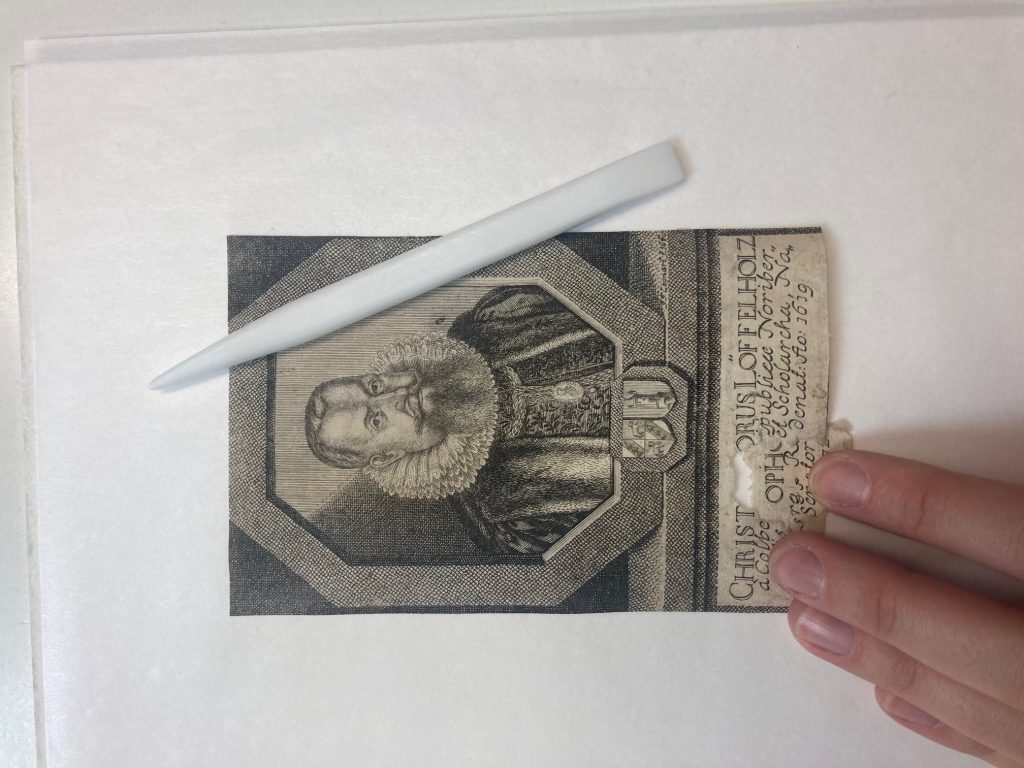
After the prints were mounted in the new acid-free passe-partouts and placed back in the original frames, the work of the different parts of the restoration team could be seen as a whole. Rebates, or folded joints, made of Japan paper were used for the mountings; up to six rebates were attached to the outer edges of the prints in order to attach them to the back sides of the passe-partouts.
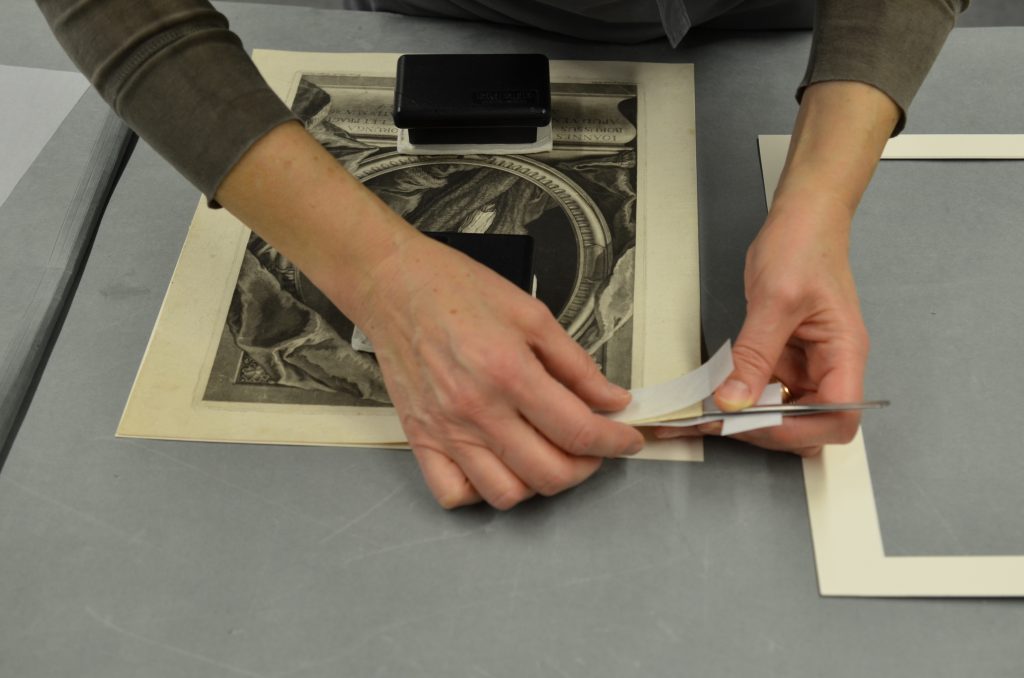
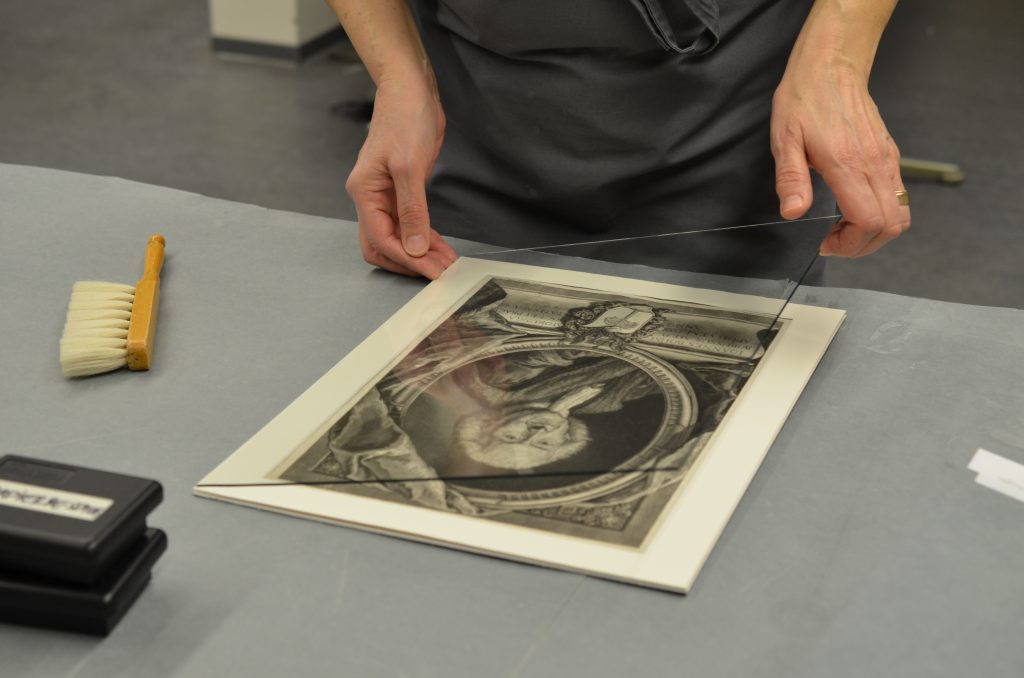
Collection
In individual cases, previous attributions and data had to be revised in the course of the restoration measures. For example, a copperplate engraving from around 1650 with an erroneous printed caption stating that it was a portrait of Nicolaus Copernicus turned out, in fact, to portray the mathematician and astronomer Johannes Stöffler, flanked by a heliocentric model and a nautical instrument, the so-called Jacob’s staff (Ill. 8: Gr 2022/96). The revised identification was based on a woodcut from the publication “Iconvm Virorvm Illvstrivm” by Jean-Jacques Boissard (Frankfurt am Main, 1598), which contains portraits of both Stöffler and Copernicus.
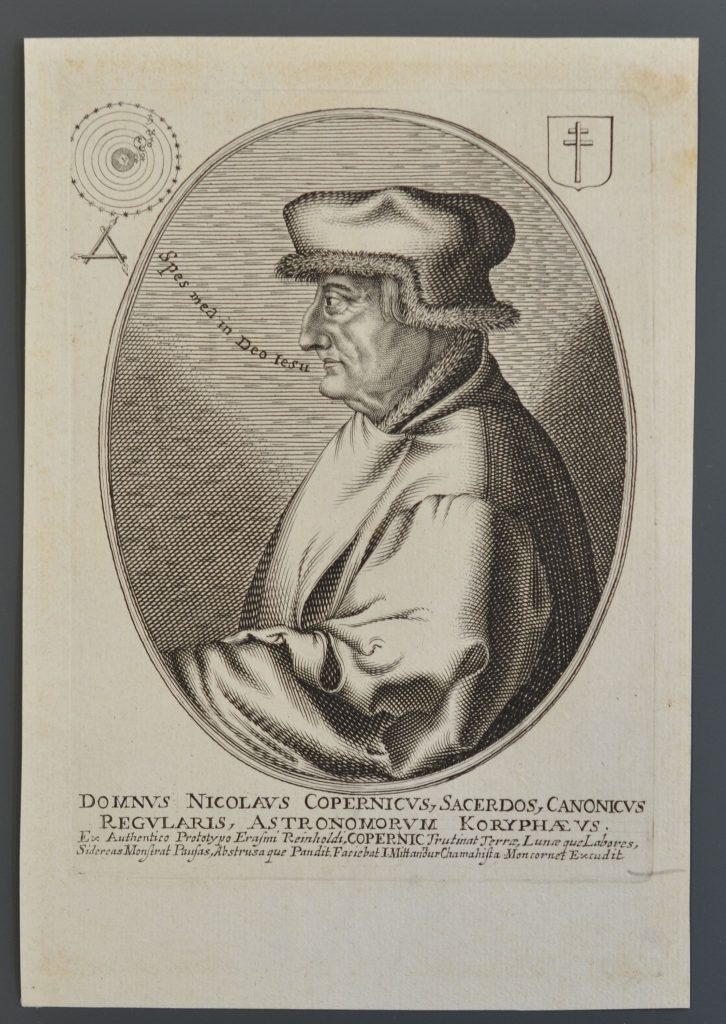
Interesting information was found on the backs of some of the graphics. Alongside stamp marks, handwritten notes, and other indications of previous owners, the restorers found a hidden graphic print and a paper silhouette. This new information is currently being researched.
The Harig Collection represents a sensible addition to the DHM’s own stock of historical portrait prints, which has been undergoing a thorough revision since 2021. Above all, the rather underrepresented topic of the medical history of the Early Modern Age and the Enlightenment in the DHM’s graphics collection has received a welcome reinforcement. The often original iconography and the emblematic nature of the representations ensure that individual prints can soon find their way into temporary exhibitions.
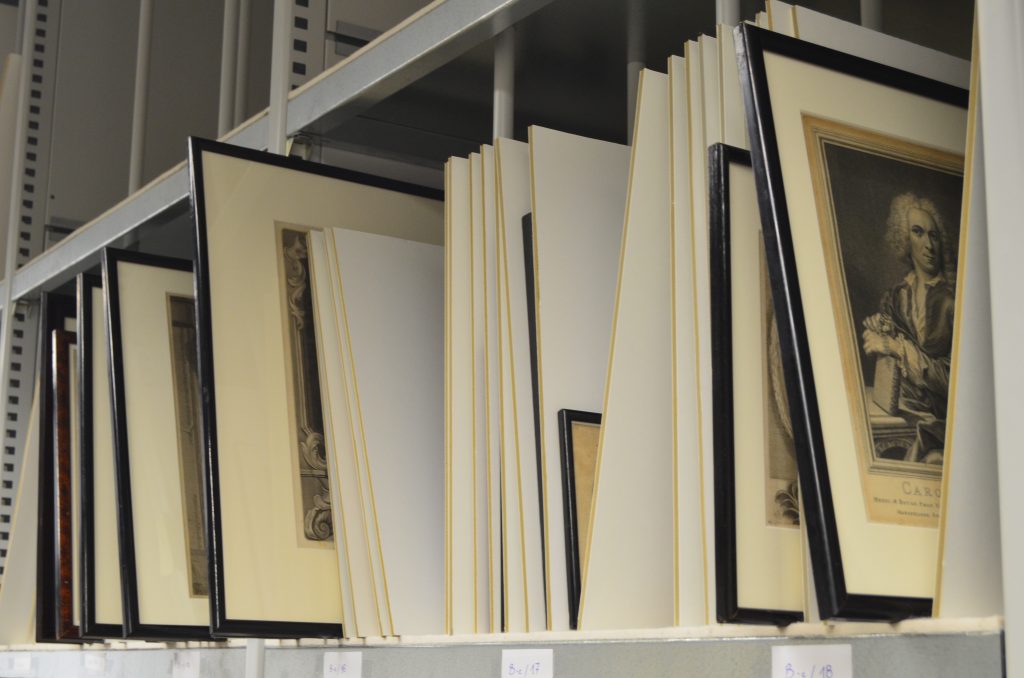
|
|
Dr. Wolfgang CortjaensWolfgang Cortjaens is head of the Applied Arts and Graphics collection at the Deutsches Historisches Museum. |
|
|
Annine WöllnerAnnine Wöllner is a paper conservator at the Deutsches Historisches Museum. |
